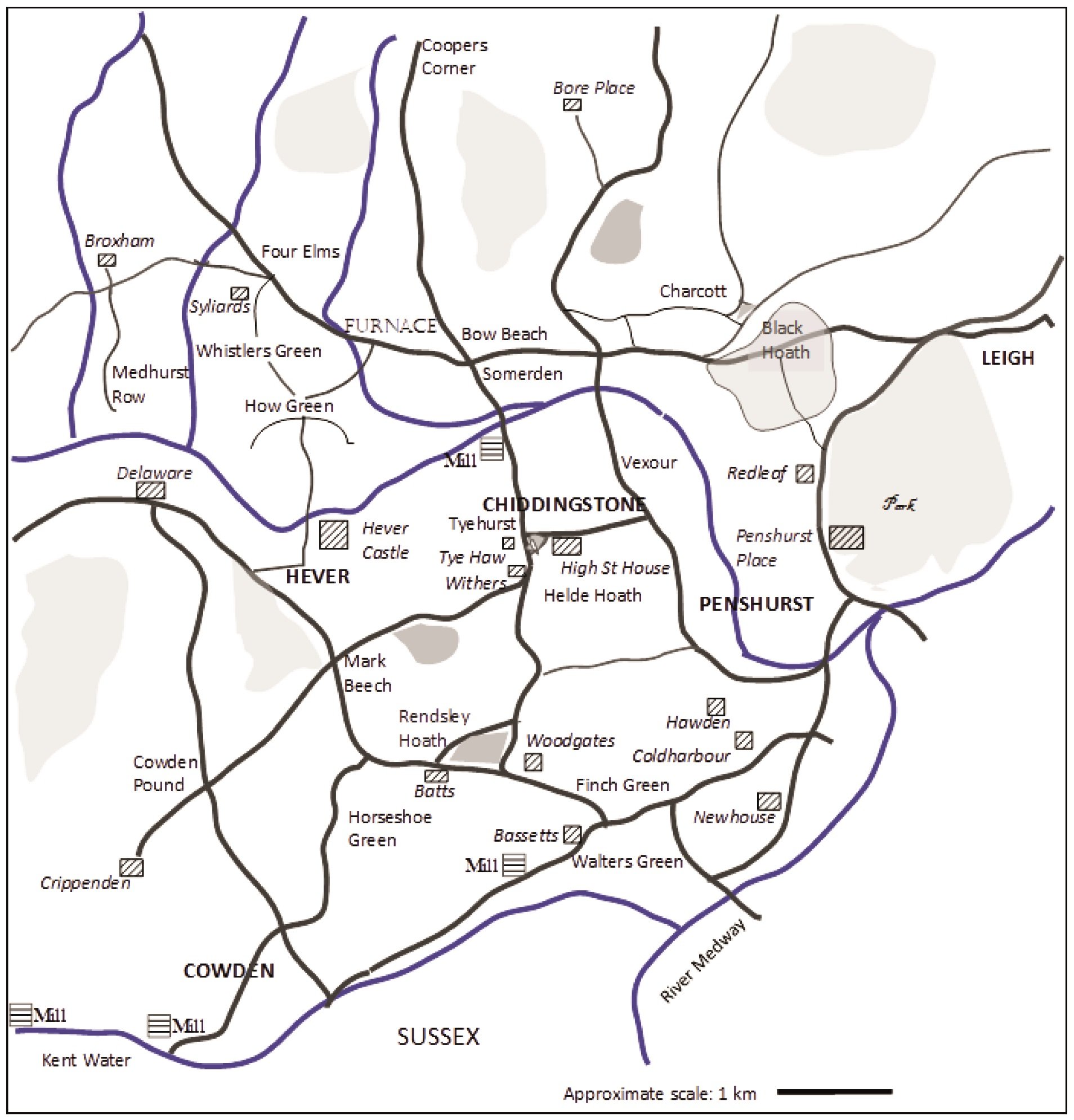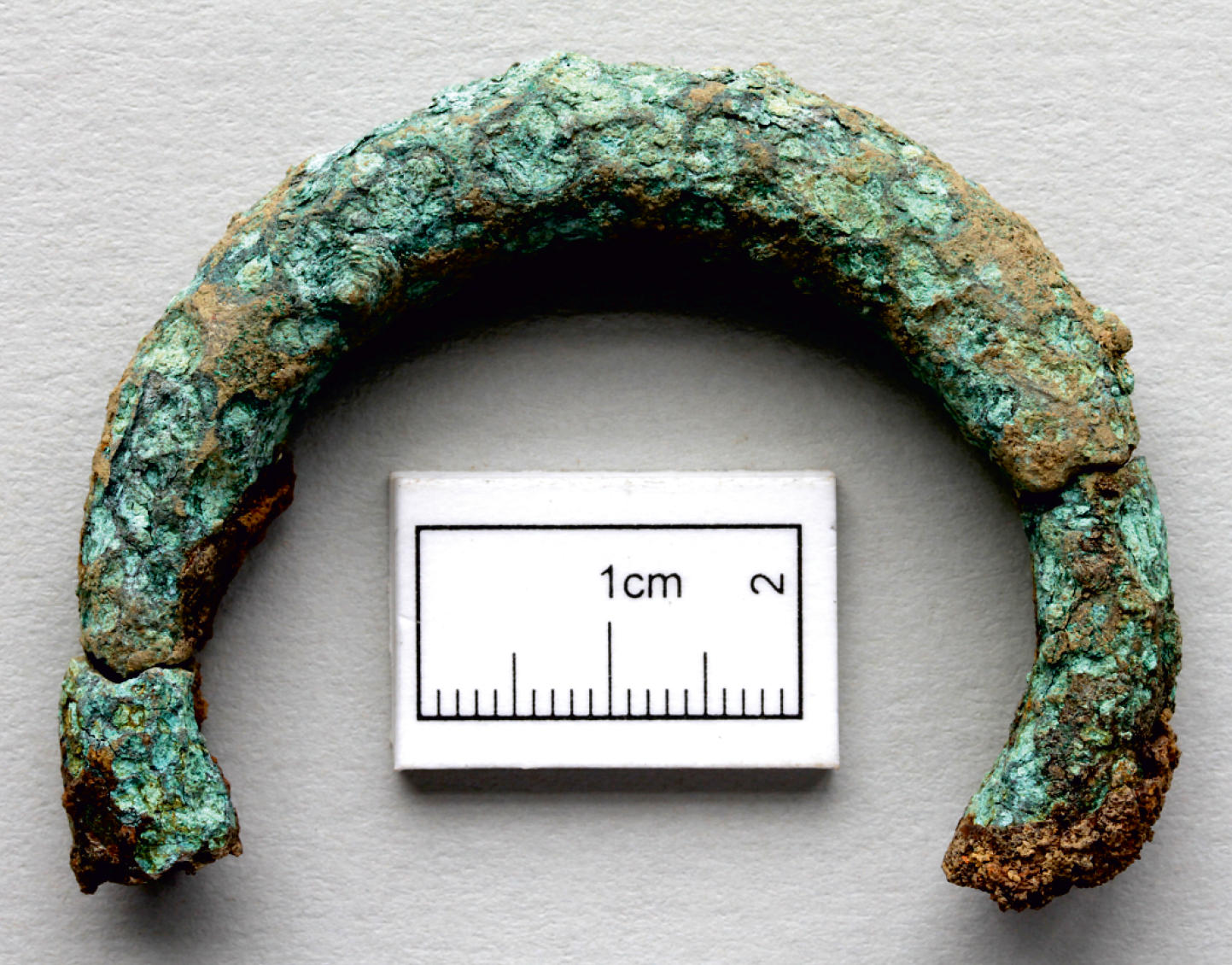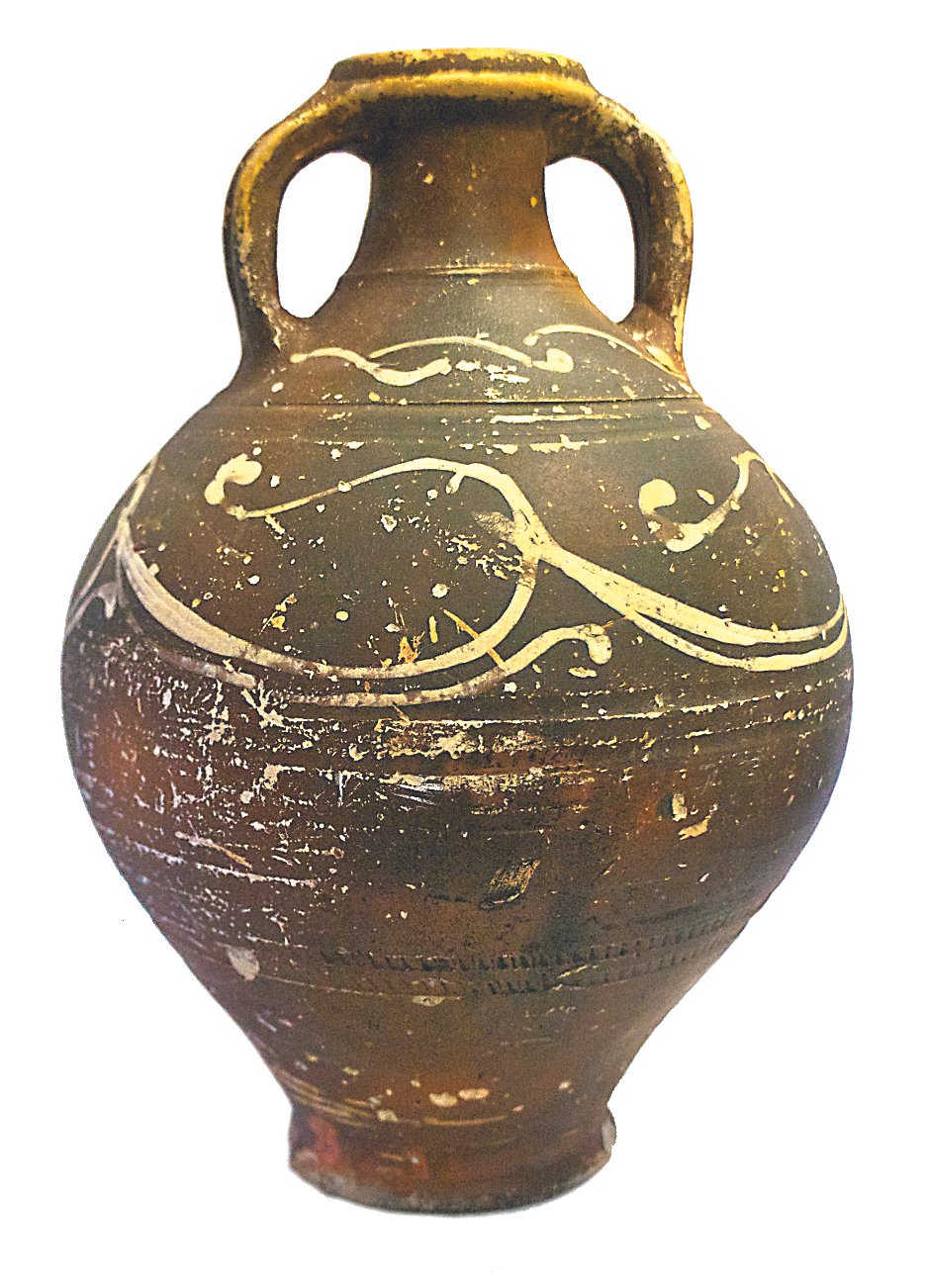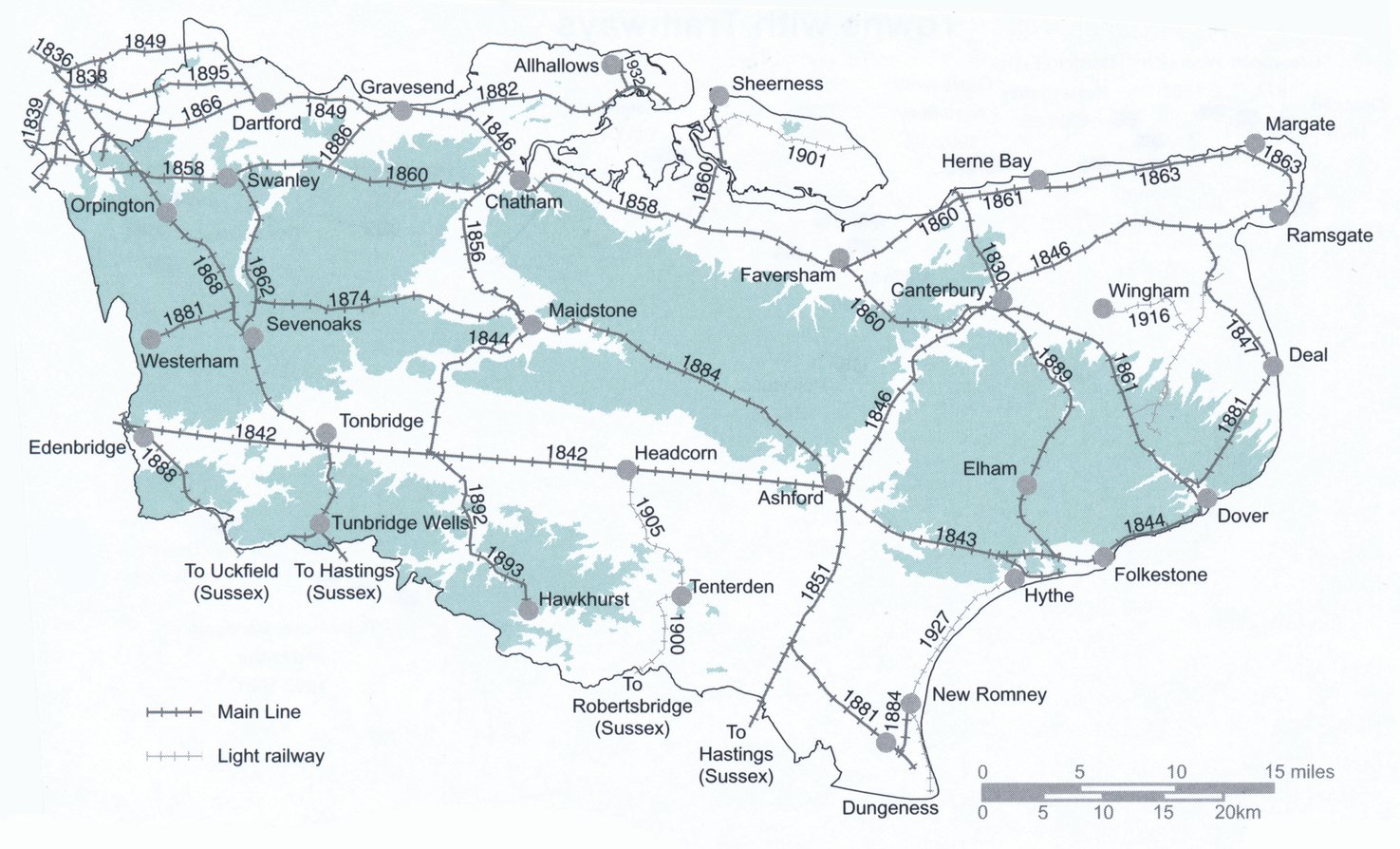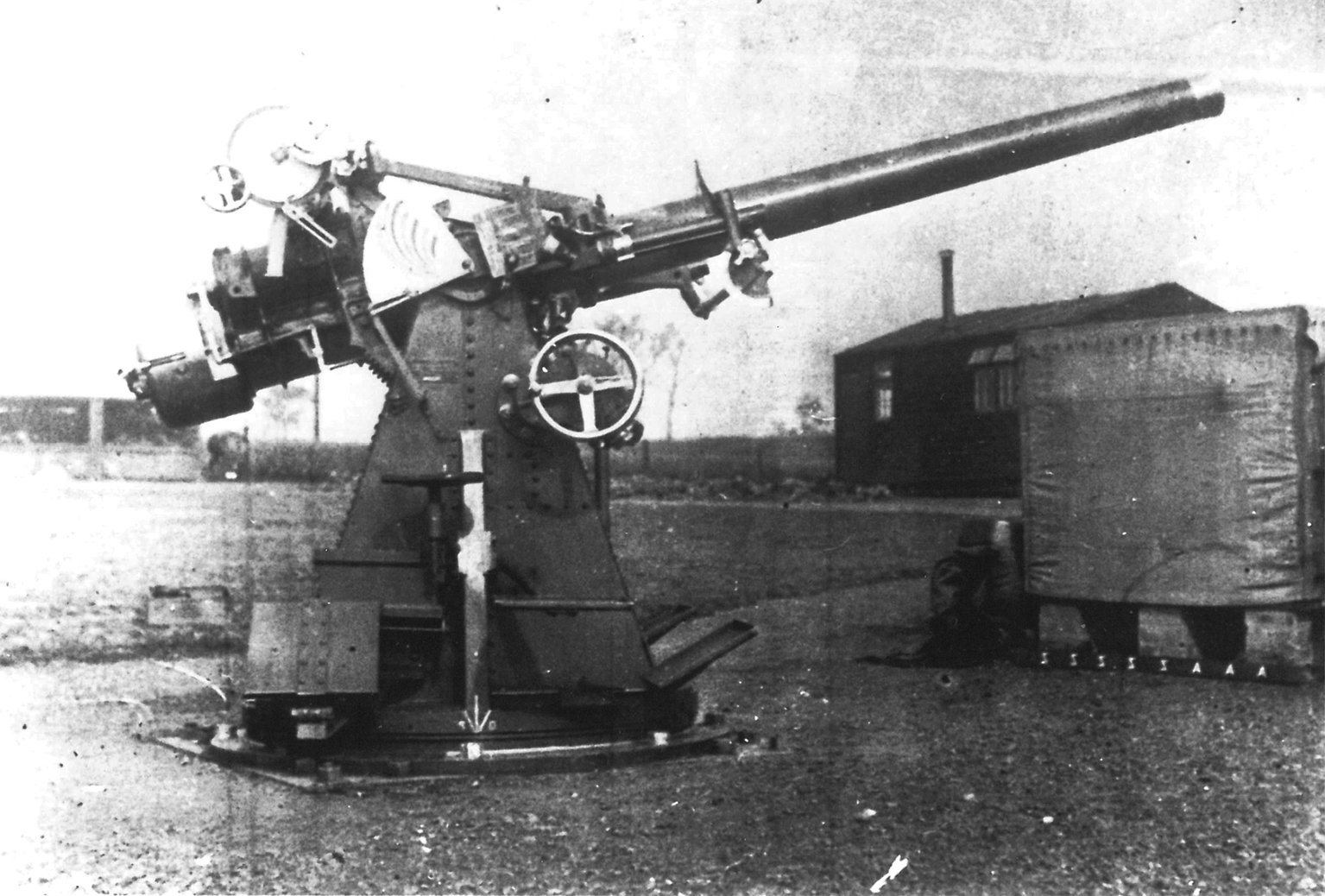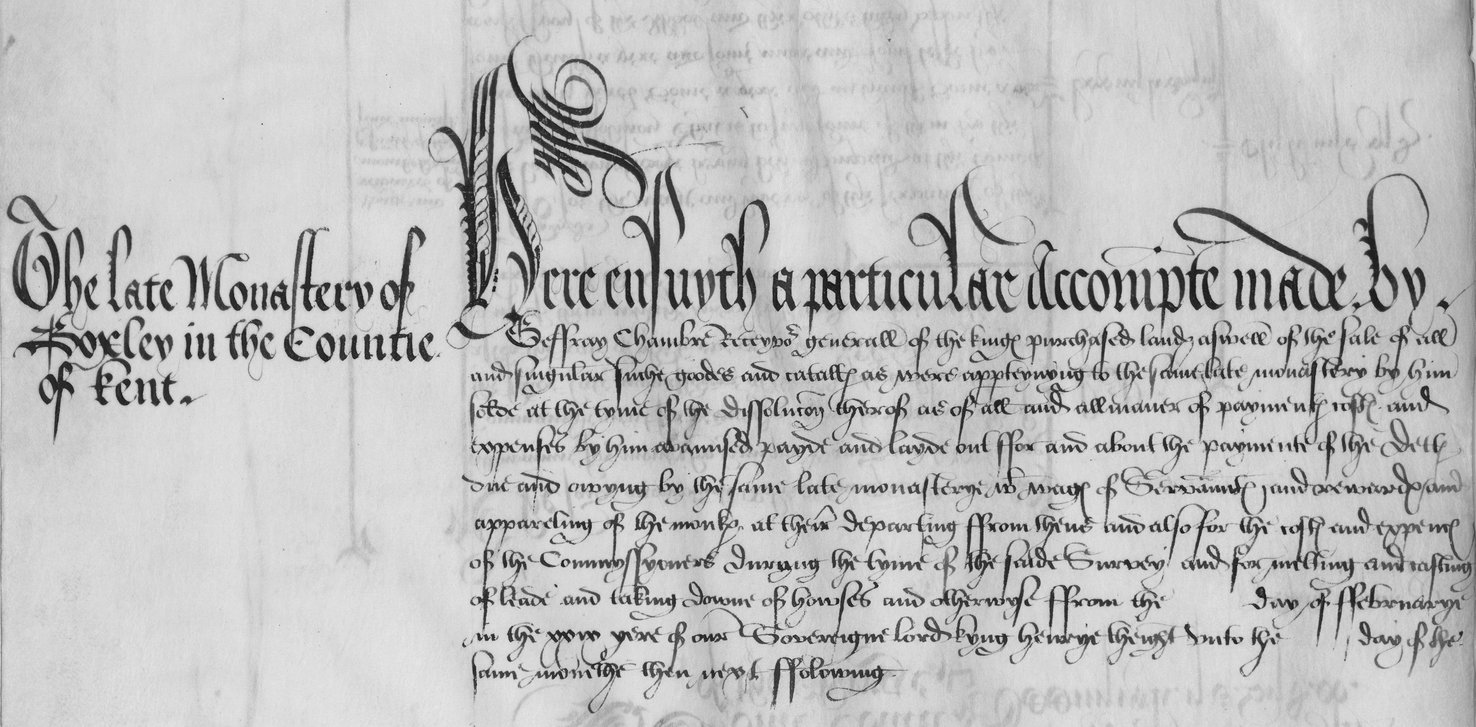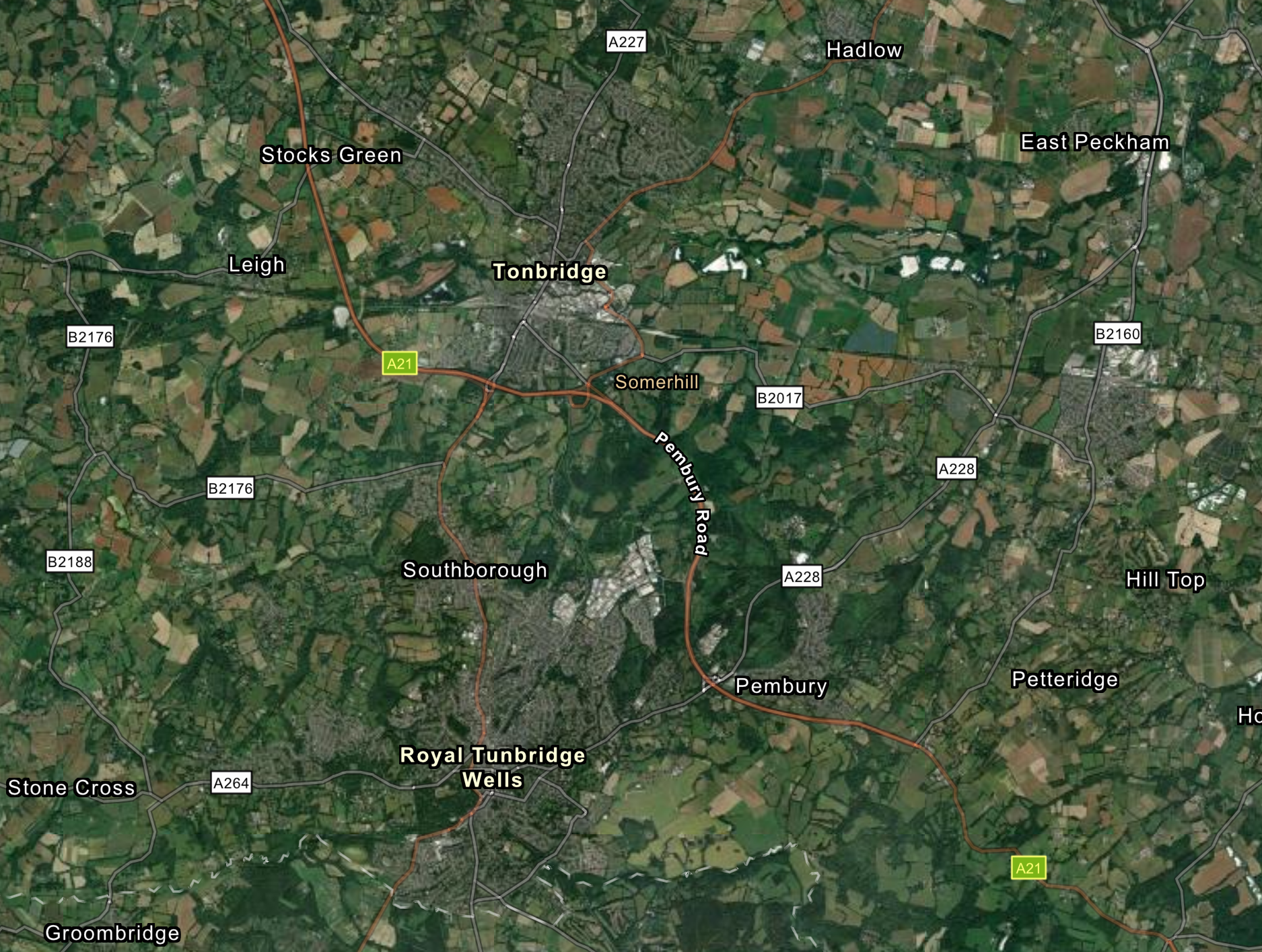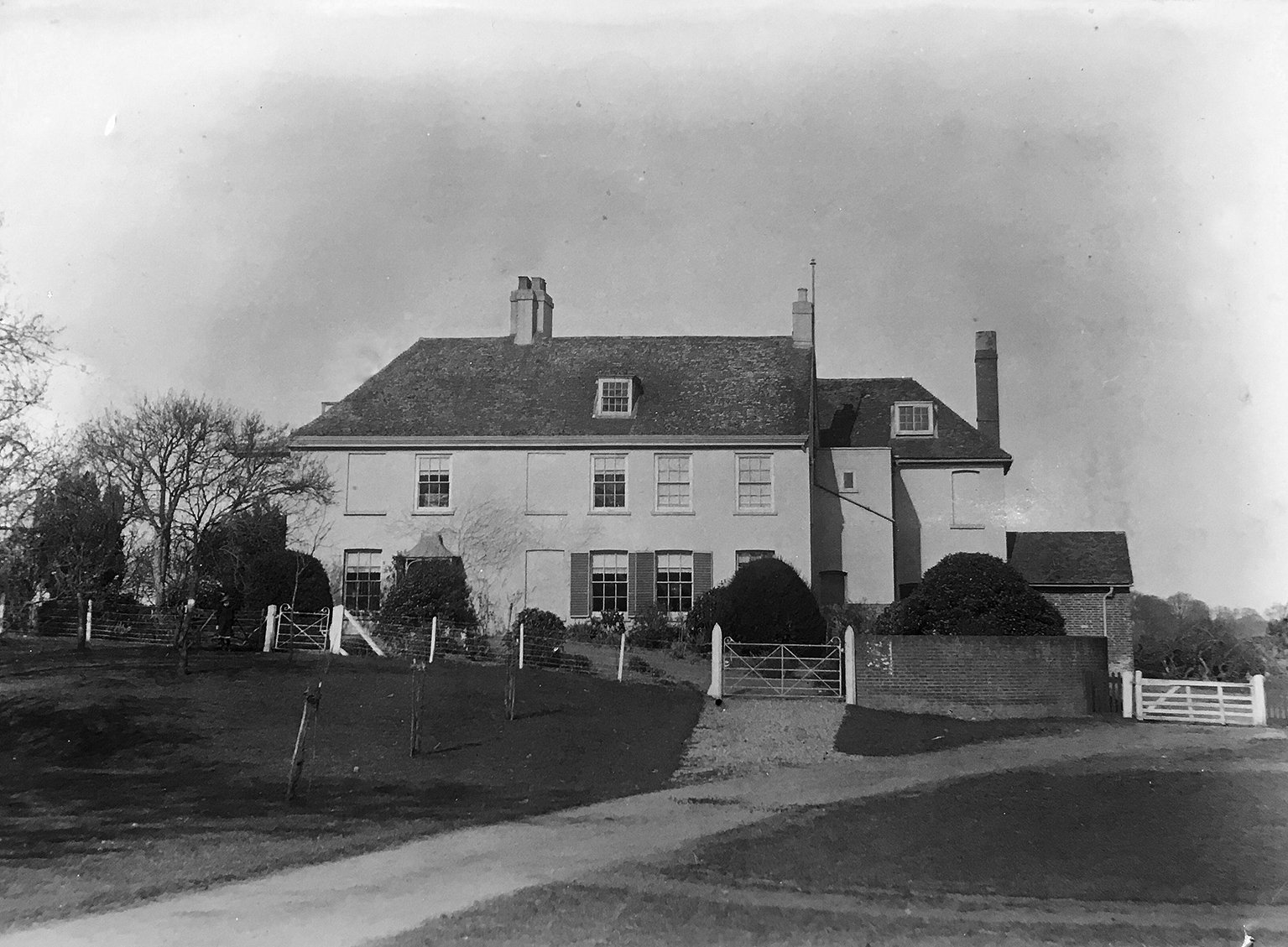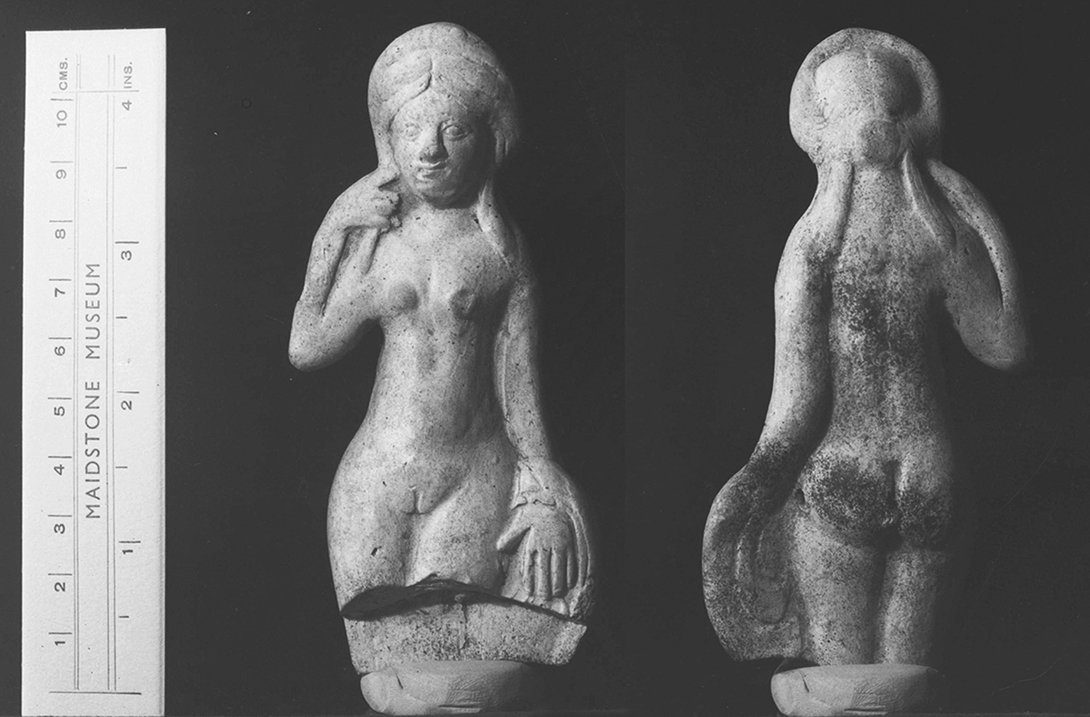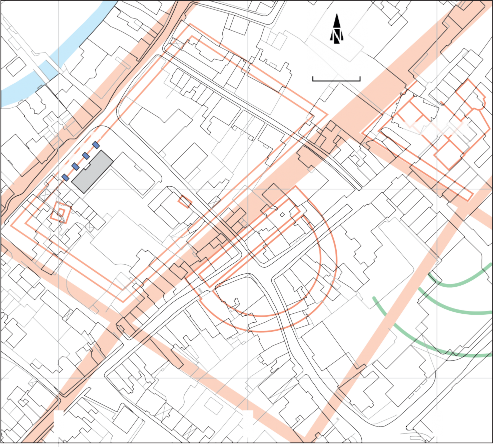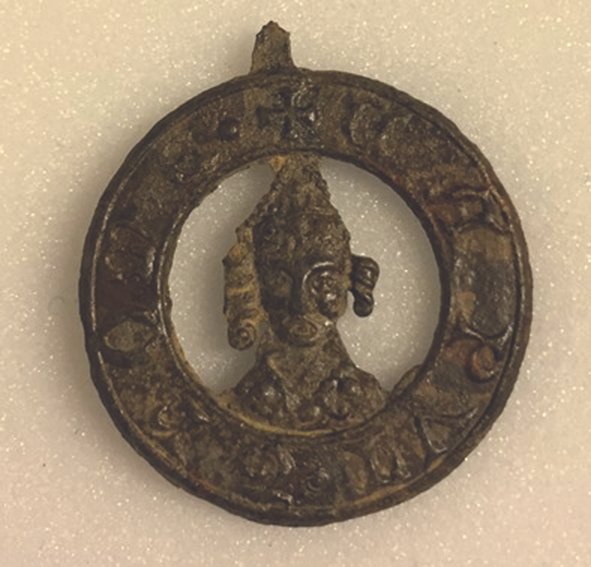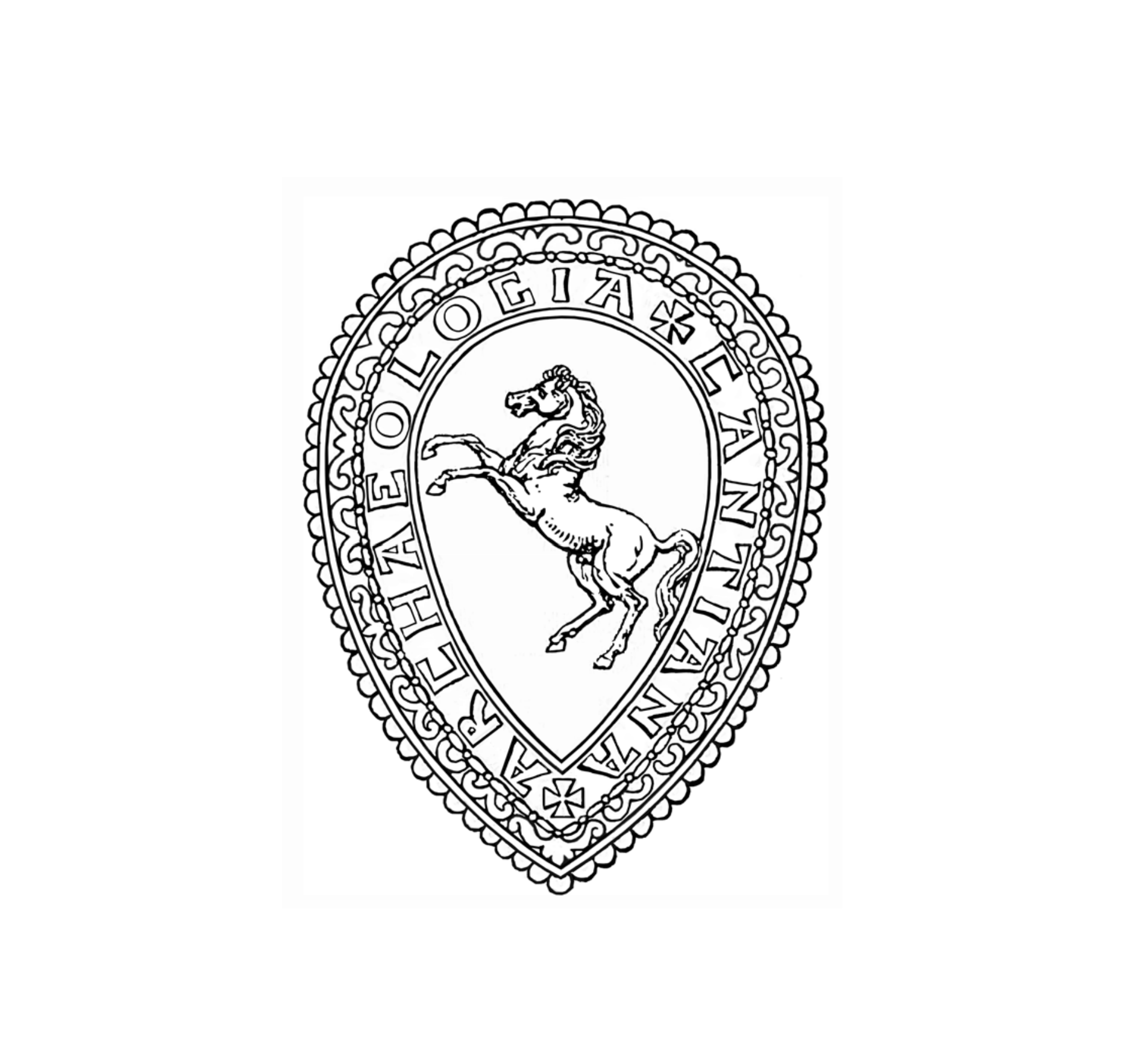Front matter, Volume 142
2021, Archaeologia Cantiana, Volume 142. Maidstone: Kent Archaeological Society.
Gavelkind on the Ground, 1550-1700
Imogen Wedd, 2021, Archaeologia Cantiana, Volume 142. Maidstone: Kent Archaeological Society.
Bigbury Camp and its associated earthworks: recent archaeological research
Christopher Sparey-Green, 2021, Archaeologia Cantiana, Volume 142. Maidstone: Kent Archaeological Society.
William Clinton, Earl of Huntingdon, and the county of Kent: a study of magnate service under Edward III
Matthew Raven, 2021, Archaeologia Cantiana, Volume 142. Maidstone: Kent Archaeological Society.
The middle/late Iron Age and Roman finds made by Antoinette Powell-Cotton
Vera and Trevor Gibbons, 2021, Archaeologia Cantiana, Volume 142. Maidstone: Kent Archaeological Society.
The Kentish associations of a great West Indian planter: Sir William Young (1725-1788)
P. J. Marshall, 2021, Archaeologia Cantiana, Volume 142. Maidstone: Kent Archaeological Society.
Evidence of a late Iron Age/early Roman settlement and an early medieval strip field system at Shadoxhurst
Hayley Nicholls, 2021, Archaeologia Cantiana, Volume 142. Maidstone: Kent Archaeological Society.
Rail, Risk and Repasts – The Dining Culture of the London, Chatham & Dover Railway, 1888-99
Iain Taylor, 2021, Archaeologia Cantiana, Volume 142. Maidstone: Kent Archaeological Society.
Kent’s twentieth-century Military and Civil defences. Part 5 – Swale
Victor T. C. Smith, 2021, Archaeologia Cantiana, Volume 142. Maidstone: Kent Archaeological Society.
The Late Monastery of Boxley in the Countie of Kent
Michael Carter, 2021, Archaeologia Cantiana, Volume 142. Maidstone: Kent Archaeological Society.
Prehistoric to Medieval Discoveries along the A21 Tonbridge-Pembury dualling scheme
Tim G. Allen, 2021, Archaeologia Cantiana, Volume 142. Maidstone: Kent Archaeological Society.
The Manor of Elverton in the parish of Stone next Faversham
Duncan Harrington, 2021, Archaeologia Cantiana, Volume 142. Maidstone: Kent Archaeological Society.
The Roman building at Chart Sutton revisited
Deborah Goacher, 2021, Archaeologia Cantiana, Volume 142. Maidstone: Kent Archaeological Society.
Evidence of Late Roman Settlement near the site of the Church Hall, Kemsing
Sean Wallis, 2021, Archaeologia Cantiana, Volume 142. Maidstone: Kent Archaeological Society.
Near the heart of Romano-British Durovernum: Excavations at 70 Stour Street, Canterbury
Damien Boden and Jake Weekes, 2021, Archaeologia Cantiana, Volume 142. Maidstone: Kent Archaeological Society.
Researches and Discoveries
2021, Archaeologia Cantiana, Volume 142. Maidstone: Kent Archaeological Society.
Kentish Bibliography
2021, Archaeologia Cantiana, Volume 142. Maidstone: Kent Archaeological Society.
Notes on Contributors
2021, Archaeologia Cantiana, Volume 142. Maidstone: Kent Archaeological Society.
General Index
2021, Archaeologia Cantiana, Volume 142. Maidstone: Kent Archaeological Society.
- Articles
- General Indexes
- Lists of Contents
- Volume 10
- Volume 100
- Volume 101
- Volume 102
- Volume 103
- Volume 104
- Volume 107
- Volume 108
- Volume 109
- Volume 11
- Volume 110
- Volume 112
- Volume 114
- Volume 115
- Volume 116
- Volume 12
- Volume 120
- Volume 121
- Volume 122
- Volume 123
- Volume 124
- Volume 125
- Volume 126
- Volume 127
- Volume 128
- Volume 129
- Volume 13
- Volume 130
- Volume 131
- Volume 133
- Volume 135
- Volume 136
- Volume 138
- Volume 139
- Volume 14
- Volume 140
- Volume 143
- Volume 145
- Volume 146
- Volume 15
- Volume 16
- Volume 17
- Volume 18
- Volume 2
- Volume 20
- Volume 21
- Volume 22
- Volume 23
- Volume 24
- Volume 28
- Volume 31
- Volume 36
- Volume 37
- Volume 38
- Volume 39
- Volume 40
- Volume 41
- Volume 42
- Volume 43
- Volume 44
- Volume 45
- Volume 46
- Volume 47
- Volume 48
- Volume 61
- Volume 64
- Volume 65
- Volume 66
- Volume 68
- Volume 69
- Volume 70
- Volume 71
- Volume 72
- Volume 74
- Volume 77
- Volume 78
- Volume 79
- Volume 80
- Volume 81
- Volume 82
- Volume 83
- Volume 84
- Volume 85
- Volume 86
- Volume 87
- Volume 88
- Volume 89
- Volume 9
- Volume 91
- Volume 92
- Volume 93
- Volume 94
- Volume 95
- Volume 96
- Volume 97
- Volume 98
- Volume 99
- Agriculture
- Appledore
- Ashford
- Ashford Archaeological Society
- Bexley
- Bromley
- Canterbury
- Chatham
- Church History
- Churches
- Cliffe (Hoo)
- Cobham
- Cooling
- Cranbrook
- Darent
- Darenth
- Dartford
- Dartford & District Archaeological Group (DDAG)
- Dartford Historical and Antiquarian Society
- Deal
- Defences
- Dover
- Earthworks
- Eastry
- Eccles
- Edenbridge
- Faversham
- Fieldwork and Research Grants
- Folkestone
- Frindsbury
- Genealogy
- Gravesend
- Gravesend Historical Society
- Hasted Prize
- Heraldry
- Herne Bay Historical Records Society
- Hoo
- Hythe
- Ightham
- Industrial
- Inventories
- Iron Age
- Isle of Sheppey
- Isle of Thanet
- Isle of Thanet Archaeological Society
- KAS Collections
- KAS Library
- Kent Archives Kent History and Library Centre
- Kent Family History Society
- Knole
- Little Chart
- London
- Lullingstone
- Lyminge
- Maidstone
- Maidstone Area Archaeological Group (MAAG)
- Maidstone Museum
- Maps
- Margate
- Maritime
- Medieval
- Megaliths
- Memorials
- Military History
- Milton
- Minster-in-Thanet
- Modern
- Monasticism
- New Romney
- Nonington
- Orpington and District Archaeological Society (ODAS)
- Ospringe
- Otford
- Plaxtol Local History Group
- Prehistoric
- Ramsgate
- Reculver
- Richborough
- River Medway
- Roads
- Rochester
- Romney Marsh
- Sandwich
- Sarre
- Sevenoaks
- Shoreham
- Shorne
- Sittingbourne
- Springhead
- The Faversham Society
- The Woolhope Club
- Tonbridge
- Tonbridge Historical Society
- Trust for Thanet Archaeology
- Upchurch
- Weald
- Westerham
- Wills
- Wingham
- Wye Historical Society


